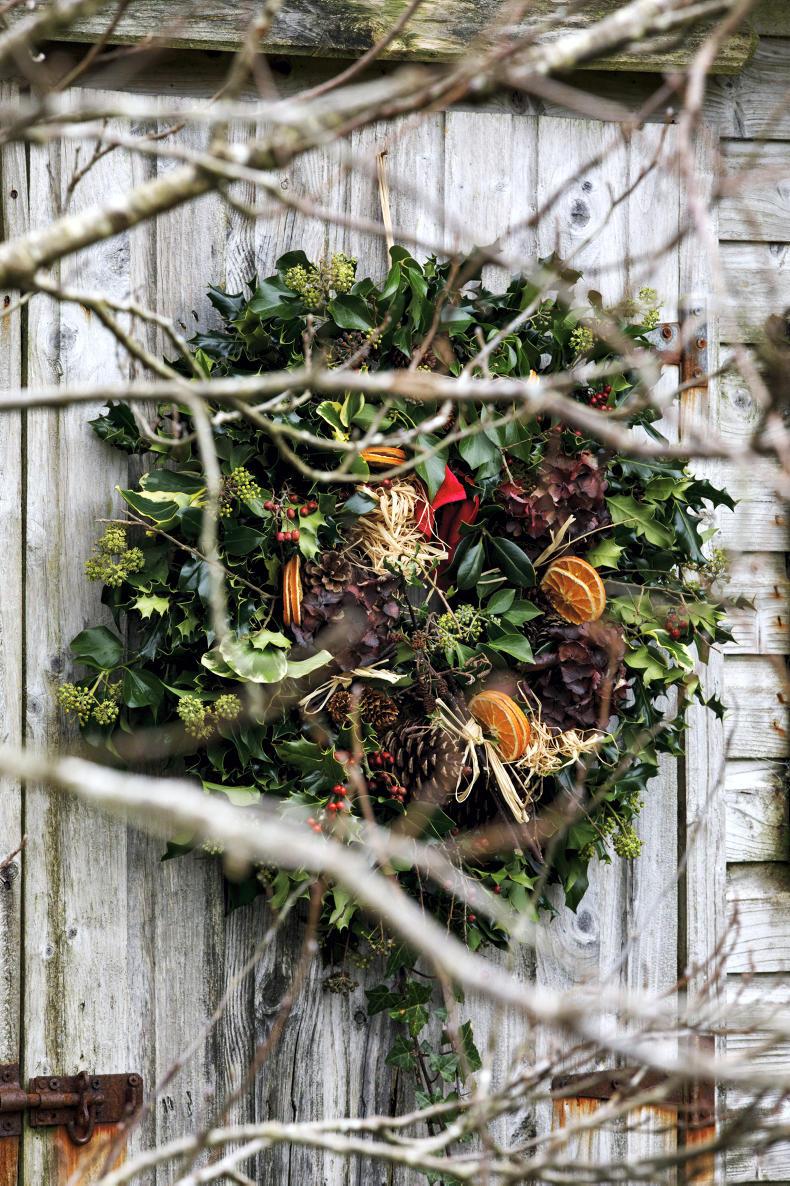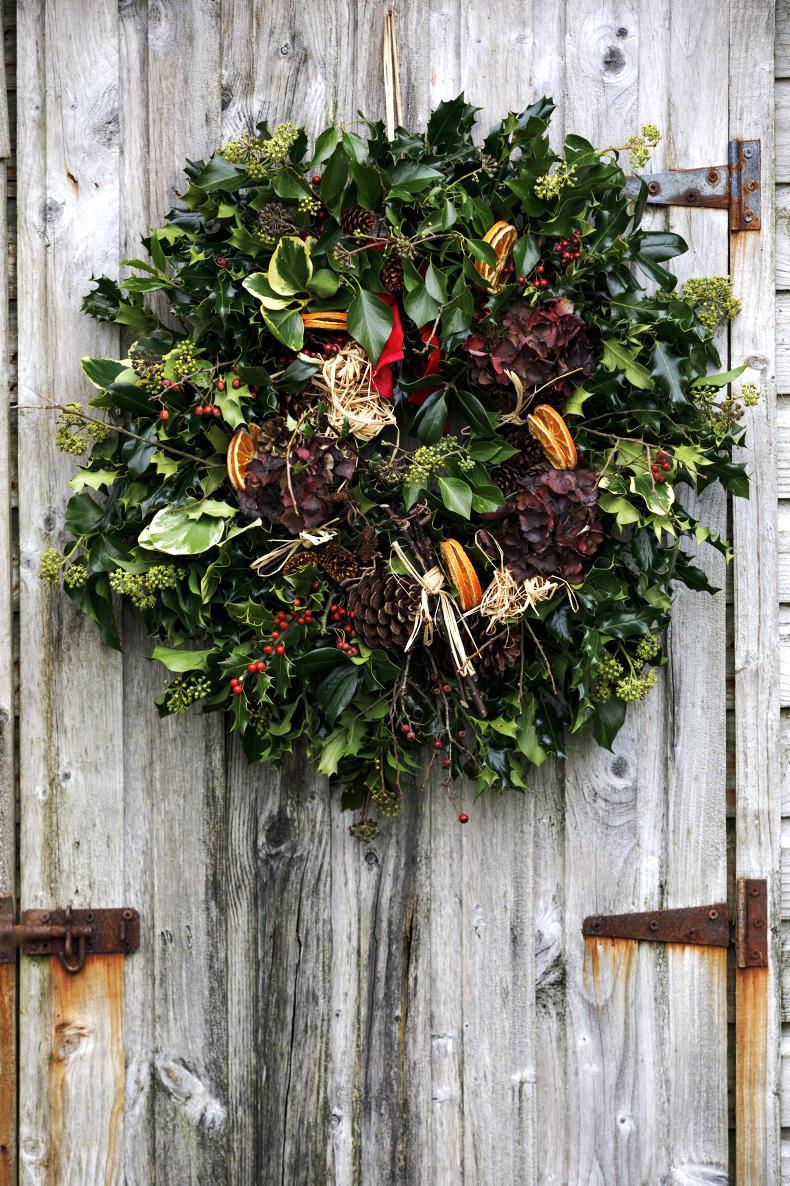I’m originally from Cork city. I never had a garden. I didn’t know the difference between an annual and a perennial. I hadn’t a clue!
But I always had house plants and when I did get my first garden in the 90s, it just fascinated me to see the impact of each little thing that you would do, from how the insects would interact with certain flowers to what birds would be attracted to.
And so my interest grew from there.
When my youngest child was small, I decided to train as a florist. Originally I did use imported flowers, but I developed a rash that I could not shift, so I started investigating how commercial flowers were grown and it didn’t sit well with me. I remember watching a programme with Monty Don that featured two ladies in the UK who had started a flower farm and I thought, ‘You know what? I could do that!’
A gift of life
By then, I had moved to Drimoleague in west Cork. It just felt intuitive, but it is a challenging place to grow flowers: I’m about 600 feet above sea level, so for about five months, I’m suspended in low cloud.
When I got here, it was just a big, blank, 4ac field. There wasn’t even really an outlying hedgerow. There had been sheep here, and while it hadn’t been treated chemically, the biodiversity wasn’t great.

So how I actually started was by building corridors for the birds, which then gave home to the insects and it went from there. Today, there’s 0.75ac devoted to shrubs, woody perennials and things that only flower once, and then I’ve got numerous raised beds for outside crops and tunnels for season extension and more delicate flowers.
March to November would be the main growing season, but we are going all year round. For instance, we have recently partnered with Scarecrow Flowers in Dublin, supplying seasonal blooms 52 weeks of the year. We’ve also started working with selected Avoca stores and other florists, but customers can buy direct from the farm, and we do weddings as well. 
People are buying into the journey behind our flowers, from seed right through to what they’re fed and their support for the whole biodiversity. Our flowers are ‘a gift of life’ because all that we grow and the methods we use are with the intention of keeping our bees alive and creating the air that we breathe.
Festive flowers
At the moment, it is more foliage – and berry – and twig-focused, though we’d have a limited amount of flowers, like scented narcissi, which I grow under cover. But the beauty at this time of year is incredible; like the winter willow, or the birch twigs or dogwoods or pine cones.
You just have to think a little bit outside the box and embrace what’s out there, rather than thinking, ‘I haven’t got that or that…’ It’s like vegetables. 
There is a reason why things are better when they are in season.
Our Christmas preparations are in full swing since mid-November, getting ready to make wreaths and swags, as well as preparing for our sustainable Christmas workshops. Christmas can be a time of waste, but we are trying to get people to use things that don’t have a negative environmental impact.
But working as a flower farmer is like working as any other farmer. You’re donning oil skins for about four months of the year, you can’t feel your fingers, you can’t feel your nose, you’re dripping wet, you’re bending.

The end product might be pretty to look at and might smell beautiful, but it is horticulture. And 97% of it is hard graft.
Christmas buzz
You always have to be three or four months ahead of yourself, using successional sowing and planting the right varieties. From January, I will have the hellebores as well as the scented narcissi, from 
February the hyacinths, from March the anemones and tulips, from April the irises and sweet William… and then you’re rocking! I’m at the helm and I have WWOOFers (Worldwide Opportunities on Organic Farms) who help me out.
I’ll be working right up until 22 or 23 December and then I’ll try to take a two-week block as a break. But when it comes to decorating my own house for Christmas, I have to stop myself! I just love having nature inside when it’s so miserable outside.
I’m originally from Cork city. I never had a garden. I didn’t know the difference between an annual and a perennial. I hadn’t a clue!
But I always had house plants and when I did get my first garden in the 90s, it just fascinated me to see the impact of each little thing that you would do, from how the insects would interact with certain flowers to what birds would be attracted to.
And so my interest grew from there.
When my youngest child was small, I decided to train as a florist. Originally I did use imported flowers, but I developed a rash that I could not shift, so I started investigating how commercial flowers were grown and it didn’t sit well with me. I remember watching a programme with Monty Don that featured two ladies in the UK who had started a flower farm and I thought, ‘You know what? I could do that!’
A gift of life
By then, I had moved to Drimoleague in west Cork. It just felt intuitive, but it is a challenging place to grow flowers: I’m about 600 feet above sea level, so for about five months, I’m suspended in low cloud.
When I got here, it was just a big, blank, 4ac field. There wasn’t even really an outlying hedgerow. There had been sheep here, and while it hadn’t been treated chemically, the biodiversity wasn’t great.

So how I actually started was by building corridors for the birds, which then gave home to the insects and it went from there. Today, there’s 0.75ac devoted to shrubs, woody perennials and things that only flower once, and then I’ve got numerous raised beds for outside crops and tunnels for season extension and more delicate flowers.
March to November would be the main growing season, but we are going all year round. For instance, we have recently partnered with Scarecrow Flowers in Dublin, supplying seasonal blooms 52 weeks of the year. We’ve also started working with selected Avoca stores and other florists, but customers can buy direct from the farm, and we do weddings as well. 
People are buying into the journey behind our flowers, from seed right through to what they’re fed and their support for the whole biodiversity. Our flowers are ‘a gift of life’ because all that we grow and the methods we use are with the intention of keeping our bees alive and creating the air that we breathe.
Festive flowers
At the moment, it is more foliage – and berry – and twig-focused, though we’d have a limited amount of flowers, like scented narcissi, which I grow under cover. But the beauty at this time of year is incredible; like the winter willow, or the birch twigs or dogwoods or pine cones.
You just have to think a little bit outside the box and embrace what’s out there, rather than thinking, ‘I haven’t got that or that…’ It’s like vegetables. 
There is a reason why things are better when they are in season.
Our Christmas preparations are in full swing since mid-November, getting ready to make wreaths and swags, as well as preparing for our sustainable Christmas workshops. Christmas can be a time of waste, but we are trying to get people to use things that don’t have a negative environmental impact.
But working as a flower farmer is like working as any other farmer. You’re donning oil skins for about four months of the year, you can’t feel your fingers, you can’t feel your nose, you’re dripping wet, you’re bending.

The end product might be pretty to look at and might smell beautiful, but it is horticulture. And 97% of it is hard graft.
Christmas buzz
You always have to be three or four months ahead of yourself, using successional sowing and planting the right varieties. From January, I will have the hellebores as well as the scented narcissi, from 
February the hyacinths, from March the anemones and tulips, from April the irises and sweet William… and then you’re rocking! I’m at the helm and I have WWOOFers (Worldwide Opportunities on Organic Farms) who help me out.
I’ll be working right up until 22 or 23 December and then I’ll try to take a two-week block as a break. But when it comes to decorating my own house for Christmas, I have to stop myself! I just love having nature inside when it’s so miserable outside.












 This is a subscriber-only article
This is a subscriber-only article









SHARING OPTIONS: